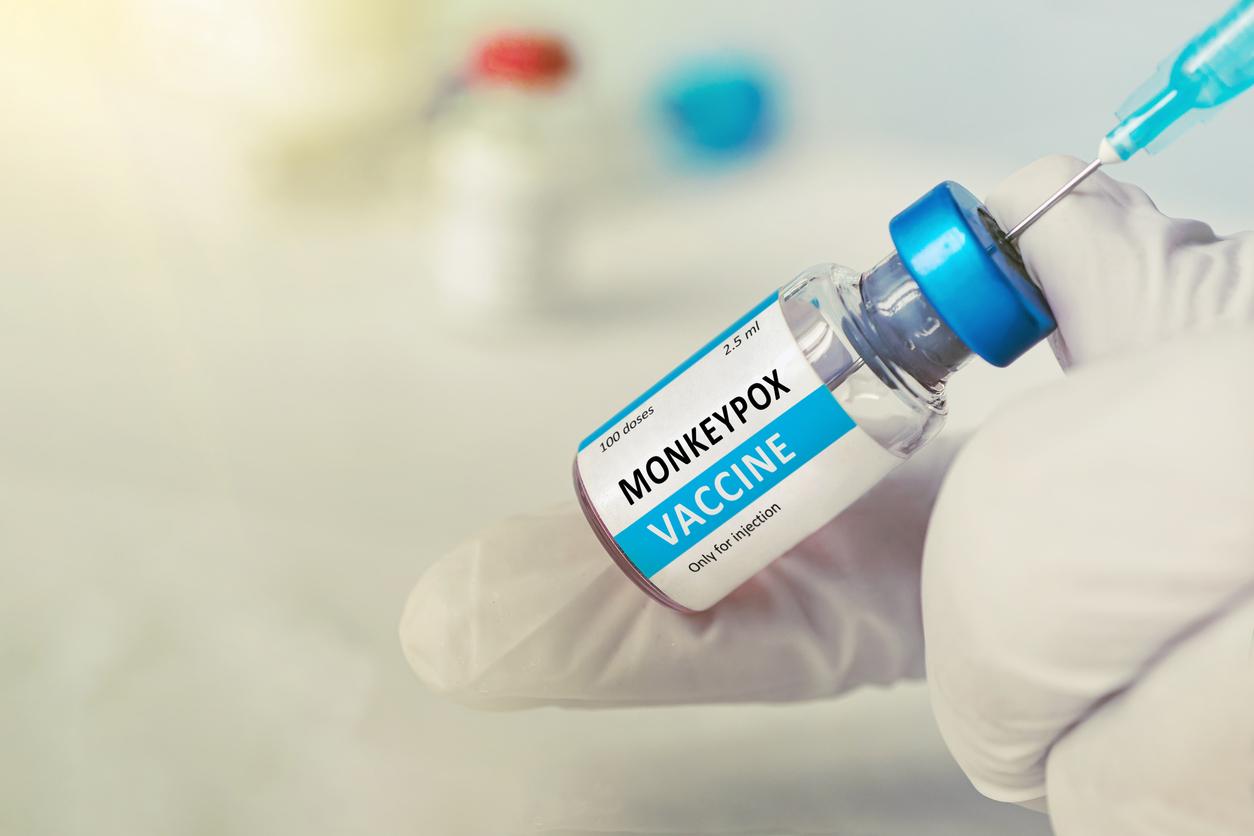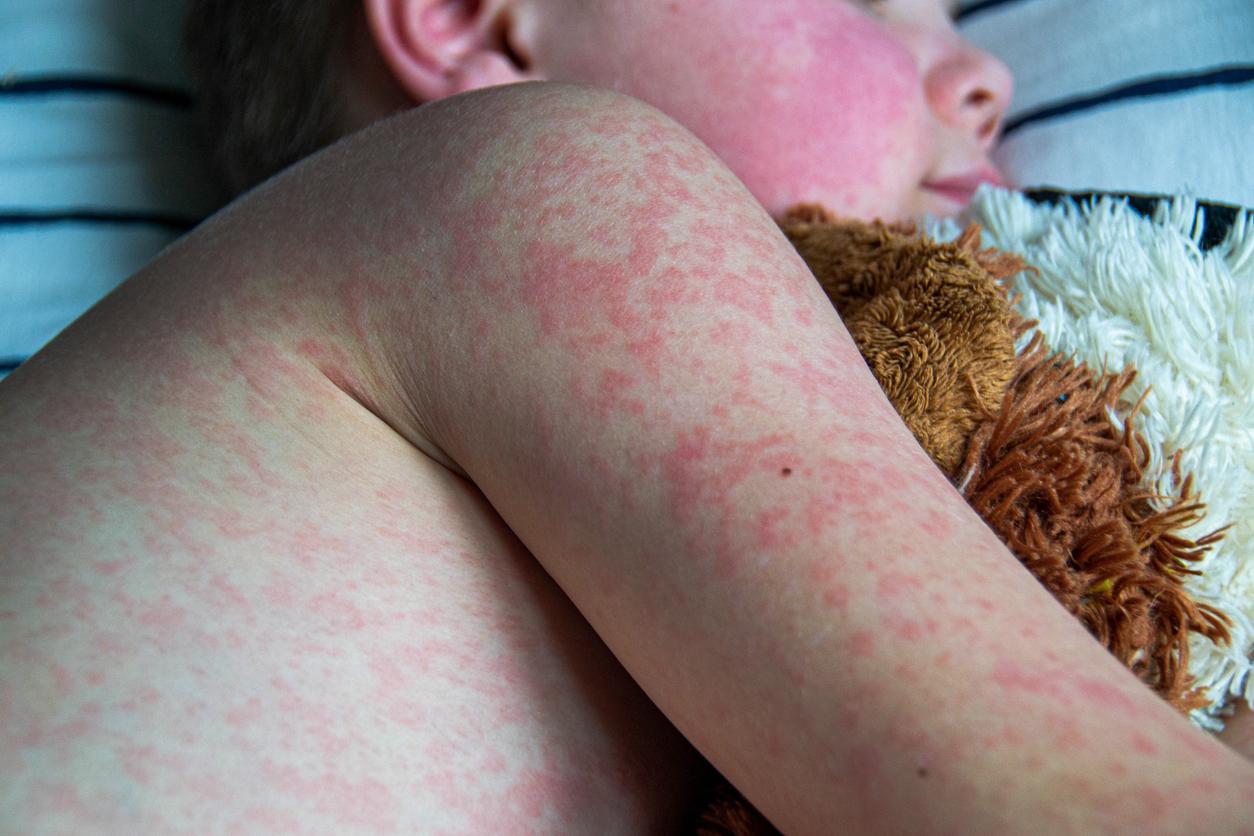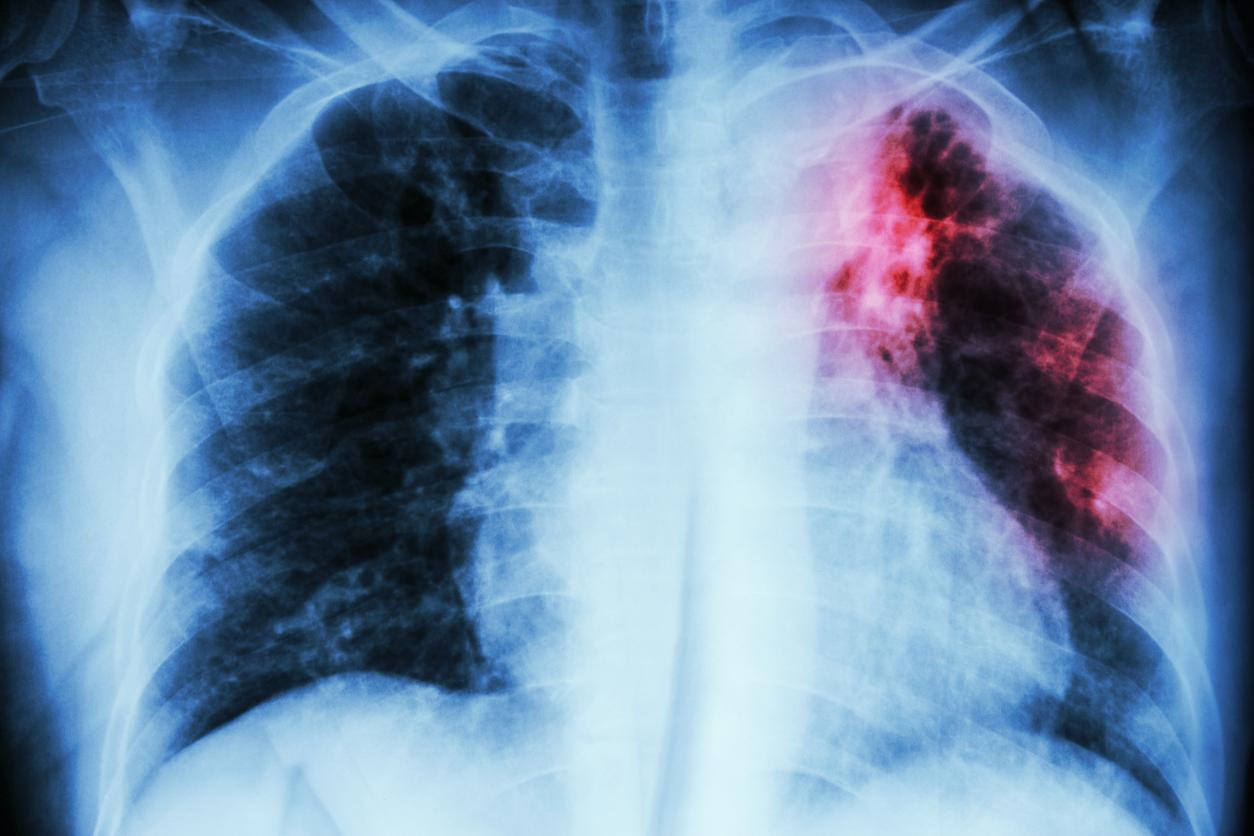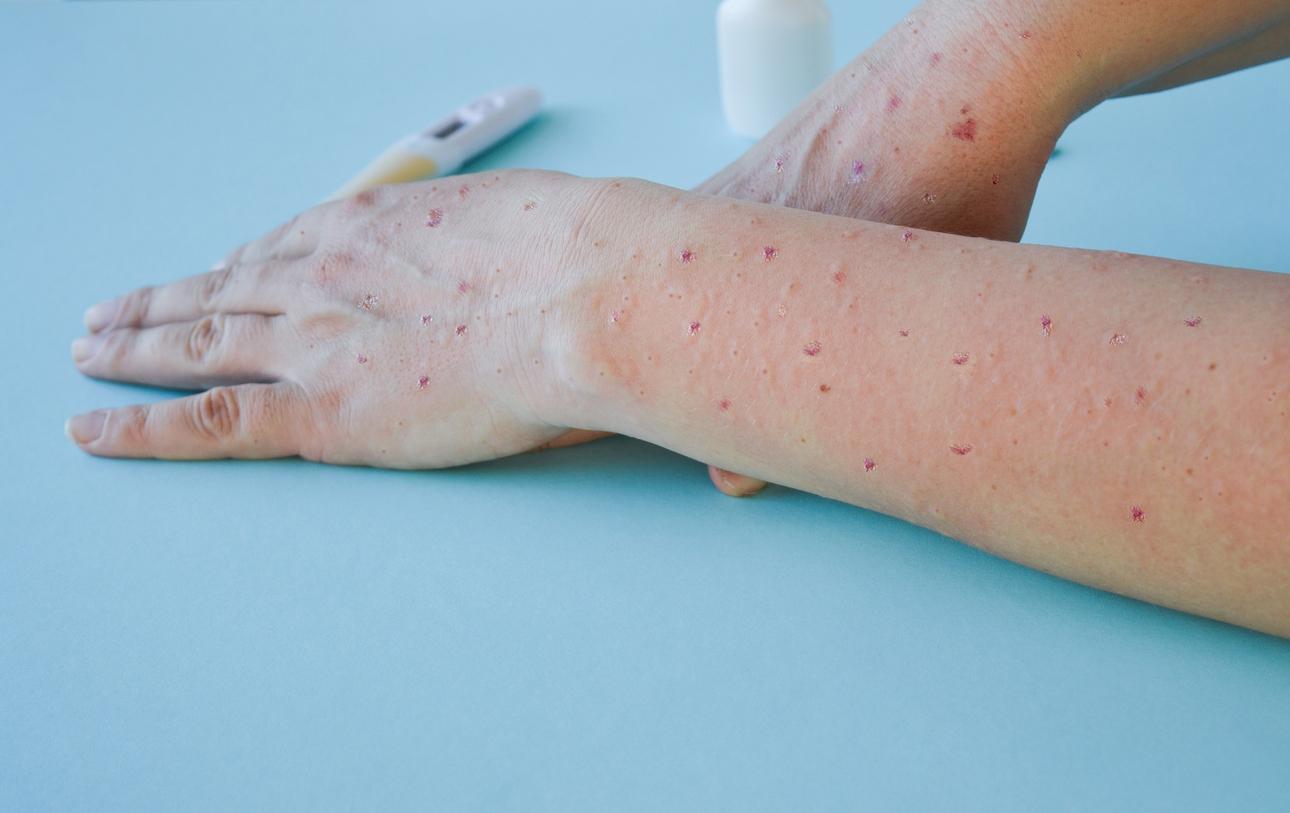Several patients in different European countries have been infected with monkeypox. Hans Kluge, the director of the WHO for Europe judges the extent of the transmission “atypical”.

- According to the UK Department of Health, “most cases (in the UK) are mild”.
- The vast majority of Britons infected with the virus had not traveled to Africa.
With twenty cases identified, the United Kingdom is currently the European country most affected by monkeypox. A first case was detected in France this week. This disease, also called simian orthopoxvirus, is a virus that is transmitted to humans from wild animals, rodents, primates or other humans. Usually, this pathology is more common in Africa but, currently, it is present in at least eight European countries including the United Kingdom, Belgium, Germany, Portugal and France.
A virus that affects the homosexual community more
“As we enter the summer season (…) with gatherings, festivals and parties, I fear the transmission is accelerating“, says the director of the World Health Organization (WHO) for Europe, Hans Kluge. This judges the extent of the transmission of the virus “atypical” and indicates that “all but one of the recent cases had not traveled to areas where monkeypox is endemic“. According to the WHO director for Europe, most monkeypox patients are men who have had sex with other men.
No treatment or vaccine
According to Susan Hopkins, medical officer of the UK Health Security Agency (UKHSA), “this increase should continue in the coming days“. And this, especially since there is currently no treatment or vaccine that can prevent or cure this disease… In general, monkeypox is cured on its own. According to WHOto avoid contamination “close physical contact with infected people or contaminated materials should be avoided. Gloves and protective equipment should be worn when caring for sick people and regular hand washing after caring for them or visiting them. Isolation of patients either at home or in a health facility is recommended”. Nevertheless, the UKHSA wishes to reassure that this virus is not transmitted “not easily“ between humans and that the risk to people in the UK remains to this day “weak“.
A fatality rate of less than 10%
The incubation period for monkeypox is usually between six to sixteen days. Once a person is infected with the virus, there are two phases in the infection. The first lasts an average of five days. At this time, the patient may have fever, headaches, lymphadenopathy – that is to say swollen glands – back and muscle pain and feel great fatigue. Then, the second phase is the rash period which occurs within one to three days of the onset of fever. The face is often the first affected, followed by other parts of the body. “According to the epidemics, the lethality rate could vary enormously but it remained below 10% in all the documented cases, mainly in young children.”, explains the WHO.

















